The moon has long been revered in astrology as a celestial body that influences both the natural world and human behavior. Its ever-changing phases—new moon, waxing gibbous, first quarter, waning gibbous, and dark moon—reflect profound cosmic energies that shape our lives. From its role in Vedic astrology, where it symbolizes emotions and intuition, to its significance in Western astrology as a modifier of zodiac signs, the moon’s phases hold deep meanings and influences. Whether you’re curious about the current moon phase or how lunar cycles impact your daily life, understanding the phases of the moon in astrology offers insights into the hidden forces at play. This article delves into the intricate connections between the moon’s phases and astrology, exploring their meanings, influences, and cultural interpretations. By examining how the moon’s phases affect human behavior, emotional states, and decision-making, we uncover the subtle yet powerful ways astrology integrates with the natural world.
Key Takeaways
– Understanding the Phases of the Moon: Explore the spiritual significance of each lunar phase, including their meanings and influences on personal growth and life cycles.
– The Most Powerful Moon Phase: The Full Moon stands out as the most influential phase, marked by heightened energy, emotional resonance, and transformative potential.
– Emotional Influence of the Full Moon: This phase often intensifies emotions, promoting introspection, stress relief, and cultural reflection, making it a pivotal moment for personal and collective awareness.
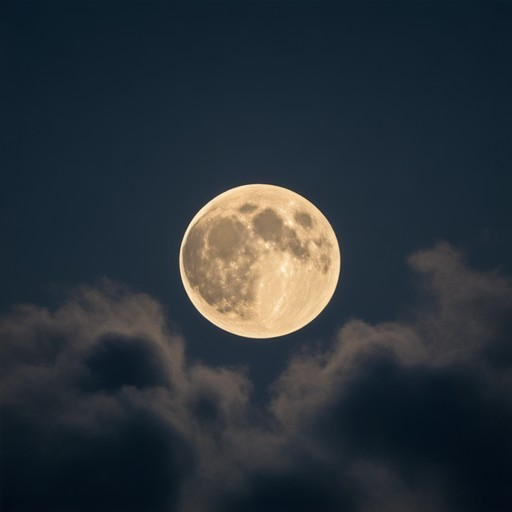
Understanding Moon Phases in Astrology
The moon phases play a significant role in astrology, influencing emotions, relationships, and life events. Here’s a breakdown of the major moon phases and their meanings:
- New Moon: Marks the beginning of a new cycle. It’s a time for fresh starts, setting intentions, and seeking new opportunities. This phase encourages taking initiative and moving forward.
- Waxing Crescent: The moon grows each day until it becomes visible as a thin crescent. This phase is about growth, learning, and personal development. It’s a time to focus on personal goals and seek guidance.
- First Quarter: The moon is a quarter full, symbolizing balance and harmony. This phase is ideal for building relationships, resolving conflicts, and achieving equilibrium in life.
- Full Moon: The moon is completely visible, illuminating the earth. This phase is associated with culmination, completion, and letting go. It’s a time for celebration, reflection, and releasing old patterns.
- Last Quarter: The moon wanes, appearing three-quarters full. This phase focuses on intuition, wisdom, and emotional release. It’s a time for introspection and preparing for change.
- Waning Crescent: The moon diminishes, symbolizing transition and endings. This phase is about closure, moving past old habits, and trusting the universe’s timing.
Each phase aligns with specific energies, offering unique opportunities for growth and transformation. By understanding these cycles, individuals can better navigate life’s ups and downs.
For deeper insights into how lunar phases influence your personal journey, explore Blood Moon Prophecy , a trusted resource for astrological guidance and celestial insights.
How Does the Moon Relate to Astrology?
The moon plays a central role in astrology, serving as a powerful symbol of intuition, emotions, and the subconscious mind. In zodiac astrology, the moon’s position at the time of birth determines your “moon sign,” which influences personality traits, emotional responses, and relationships. Each zodiac sign has a corresponding moon sign, blending the uniqueness of sun signs with the deeper, more personal aspects of oneself.
Key Aspects of the Moon in Astrology:
- Personal Reflection : The moon mirrors the true self, reflecting qualities that may not always be visible to others. It represents our inner world, including thoughts, desires, and hidden talents.
- Emotional Influence : The moon governs emotional intelligence and adaptability. Its presence in different zodiac signs shapes how individuals connect with others and navigate life’s ups and downs.
- Security and Nurturing : Often associated with comfort and safety, the moon highlights our need for stability and emotional security. It also signifies our capacity for nurturing and caring for loved ones.
- Cyclic Nature : Like the moon’s phases, human emotions and experiences are cyclical. This understanding helps us embrace life’s natural rhythms and learn from recurring patterns.
Lunar Cycles and Celestial Events:
- Full Moons : These moments highlight emotional peaks, often encouraging introspection and release. They can also signify completion or fulfillment.
- New Moons : Marking fresh starts, new moons encourage renewal and taking initiative. They’re perfect times for setting intentions and embracing change.
- Eclipses : Solar and lunar eclipses are rare yet impactful events. They often symbolize significant life changes and can hold spiritual importance for many.
For deeper insights into the moon’s influence, explore articles on Blood Moon Prophecy and how lunar cycles impact personal growth and cosmic alignment. Understanding the moon’s role in astrology enriches our appreciation for the intricate dance of celestial energies.
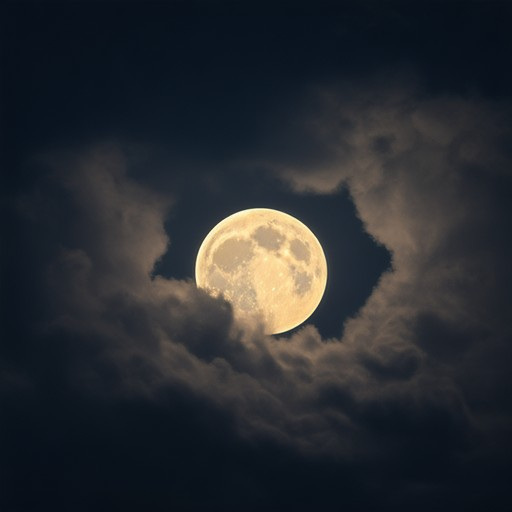
What Moon Phase Are We In Now?
As of May 24, 2025, the current moon phase is the Last Quarter . This phase occurs approximately 7 days after the Full Moon, marking the end of the waxing period and the beginning of the waning phase. During this phase, the moon appears thin and its brightness gradually decreases as it moves toward the New Moon.
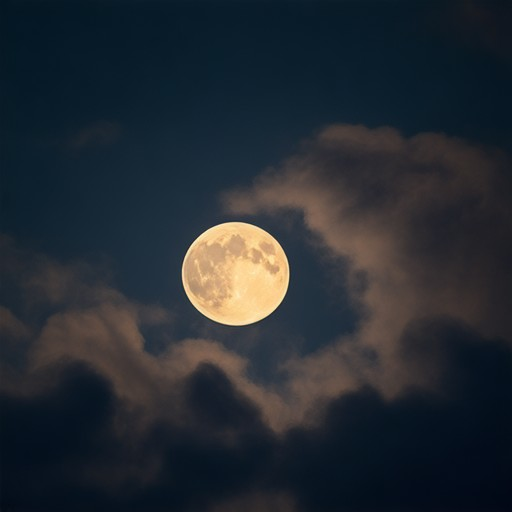
What Do the Phases of the Moon Mean Spiritually?
The moon’s phases have long been interpreted symbolically, carrying profound spiritual significance across various cultures and traditions. Here’s a breakdown of the major lunar phases and their spiritual meanings:
- New Moon (Solar Eclipse): Symbolizes renewal, fresh starts, and hidden potential. It’s a time for setting intentions and focusing on new beginnings. During a solar eclipse, light is blocked, representing moments of introspection and transformation.
- Full Moon (Lunar Eclipse): Represents culmination, completion, and emotional fulfillment. It’s a time for celebration, gratitude, and releasing old patterns. A lunar eclipse often amplifies emotions, making it a powerful moment for reflection and letting go.
- First Quarter Moon: Marks initiative and action. It’s a time for taking charge of your goals and manifesting your desires. The quarter moon lights up the night, symbolizing clarity and purposeful steps forward.
- Third Quarter Moon: Reflects wisdom, healing, and intuition. It’s a time for seeking guidance and trusting your inner voice. The waning crescent reminds us to let go of what no longer serves us.
- Last Quarter Moon: Signals completion and closure. It’s a time for reviewing progress, tying up loose ends, and preparing for new cycles. The diminishing moon guides us toward gratitude and acceptance of what has passed.
Understanding these phases can help you align with the natural rhythm of life, fostering mindfulness and spiritual growth. Whether through meditation, journaling, or simply observing the sky, the moon’s phases offer timeless wisdom to guide your journey.
Which Moon Phase is the Most Powerful?
The most powerful moon phase is widely believed to be the Full Moon . This phase occurs when the entire face of the moon is illuminated, as the sun and moon are positioned on opposite sides of the Earth. During this time, the gravitational pull of the moon is strongest, leading to higher tides and increased energy levels.
The Full Moon is often associated with significant spiritual and energetic shifts, making it a powerful symbol in many cultures and traditions. According to the Blood Moon Prophecy , this phase is seen as a time of heightened intuition and transformation, aligning with cosmic energies that promote growth and change.
While other notable phases like the Super Moon (a larger-than-average Full Moon) and the New Moon (when the moon is invisible, marking a fresh cycle) hold their own significance, the Full Moon consistently stands out as the most powerful due to its complete illumination and profound impact on both Earth and its inhabitants.
Blood Moon Prophecy delves deeper into the meanings and implications of lunar cycles, offering insights into how these phases influence human behavior and natural phenomena.
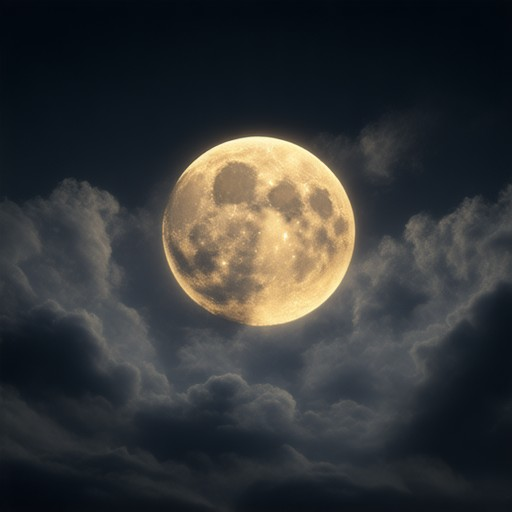
What Moon Phase Makes You Emotional?
The Full Moon is often associated with heightened emotions due to its intense brightness and energy. Here’s why:
- Increased Light and Energy: The Full Moon provides maximum illumination, potentially increasing awareness and sensitivity, which can amplify feelings.
- Mood Reflection: The brightness may encourage introspection, leading to deeper emotional experiences and clearer reflections on personal matters.
- Stress and Anxiety: The Full Moon’s light can disrupt sleep patterns, sometimes leading to stress or anxiety for some individuals.
- Cultural and Traditional Associations: Historically, cultures have linked the Full Moon to emotional release and reflection, contributing to its emotional significance.
Understanding these factors helps explain why the Full Moon often evokes strong emotional responses, whether through joy, stress, or deep reflection.



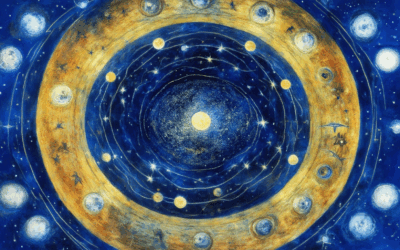

0 Comments